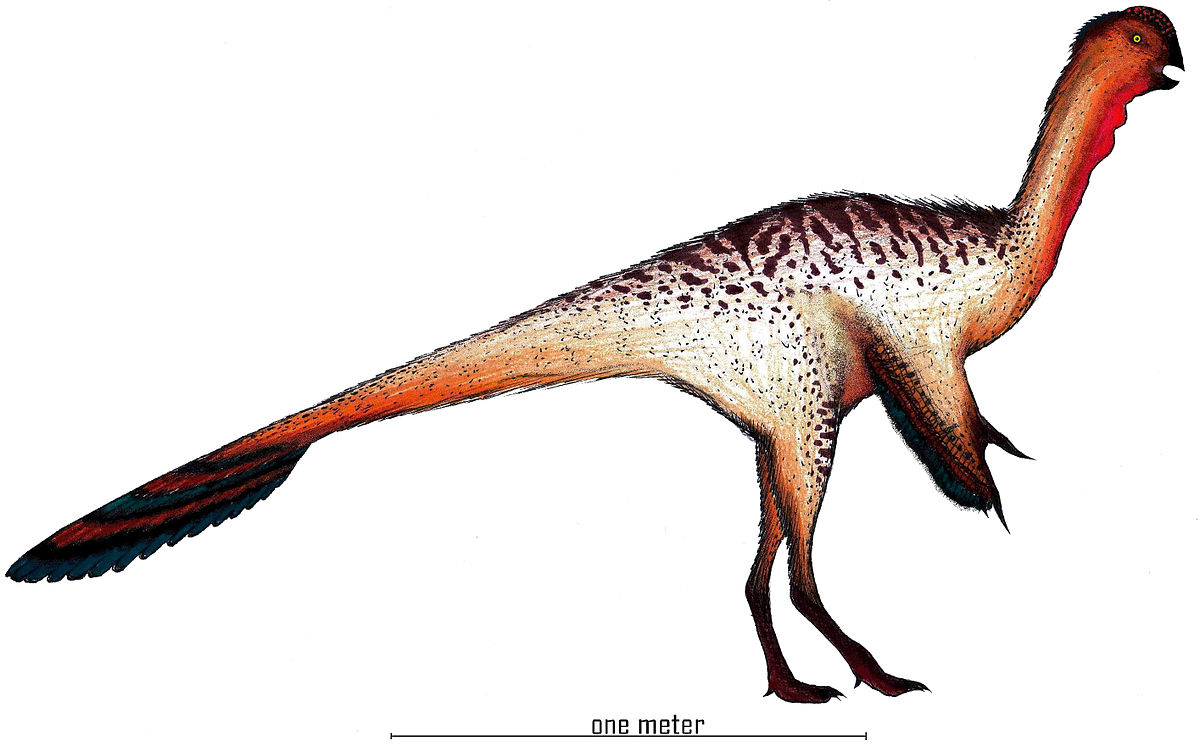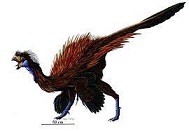
Nankangia, a recently discovered oviraptor Dinosaur in China, represents a fascinating addition to the field of paleontology. Unearthed in Nankang County, Jiangxi Province, this ancient creature provides valuable insights into the diverse fauna that once thrived in the region during the Cretaceous period.
As a member of the oviraptorosaur group, Nankangia's physical characteristics, evolutionary context, and significance in the broader understanding of dinosaur diversity make it a compelling subject of study for scientists and enthusiasts alike.
| Name: | Nankangia dinosaurs |
| Size: | Around 1 to 2 meters in length, weight:20 to 50 kilograms. |
| Main Facts: | Nankangia is a recently discovered oviraptor dinosaur in China, shedding light on the diversity of prehistoric life. |

Nankangia, an oviraptor dinosaur, is estimated to be a small-sized theropod with a bird-like beak and toothless jaws. Fossil evidence suggests it likely had feathers, adding to the growing knowledge of feathered dinosaurs. Although limited, its physical traits offer valuable insights into the adaptations and diversity of oviraptors during the Mesozoic era.
Nankangia's discovery holds significant implications for the evolutionary context of oviraptorosaurs and theropod dinosaurs. Comparisons with other known species contribute to our understanding of their place within the dinosaur family tree. By studying Nankangia's anatomical features and genetic relationships, paleontologists gain insights into the diversification and adaptations that occurred during the Mesozoic era.
The finding also adds to the growing list of dinosaur species discovered in China, showcasing the country's importance as a key site for unraveling the ancient history of life on Earth.
Nankangia, the recently discovered oviraptor dinosaur from China, presents a captivating description that sheds light on its ancient existence. Estimated to be a small-sized theropod, Nankangia likely measured around 1 to 2 meters in length, with a weight ranging from 20 to 50 kilograms. Its skeletal structure suggests a bird-like beak and toothless jaws, indicative of its oviraptorosaur identity.
One of the most intriguing features of Nankangia is the presence of feathers. Like other oviraptors and some theropods, it likely sported a coat of feathers, adding to the growing evidence of feathered dinosaurs during the Mesozoic era.While the limited fossil evidence prevents a complete description of Nankangia's appearance, paleontologists can infer that it was a swift and agile predator. Its omnivorous diet, comprising both plants and small animals, suggests a flexible feeding strategy.
Nankangia belongs to the oviraptorosaur group, known for their distinctive beaks and feathered appearance. Comparing Nankangia with other oviraptorosaurs helps identify unique features and variations within this dinosaur lineage.
Paleontologists compare Nankangia's estimated size, body proportions, and skeletal features with those of other known oviraptors and theropods to assess similarities and differences.
By studying Nankangia's toothless jaws and beak, scientists can compare its potential omnivorous diet with the diets of other oviraptorosaurs and theropods to understand their ecological roles.
Genetic analysis and anatomical comparisons help determine Nankangia's evolutionary relationships within the dinosaur family tree, clarifying its position among other dinosaurs.
Understanding the distribution of oviraptors and other dinosaurs during the Cretaceous period aids in reconstructing prehistoric ecosystems and migration patterns.
Comparing Nankangia's adaptations, such as its feathers and other physical characteristics, with those of other dinosaurs provides insights into their ability to thrive in different environments.